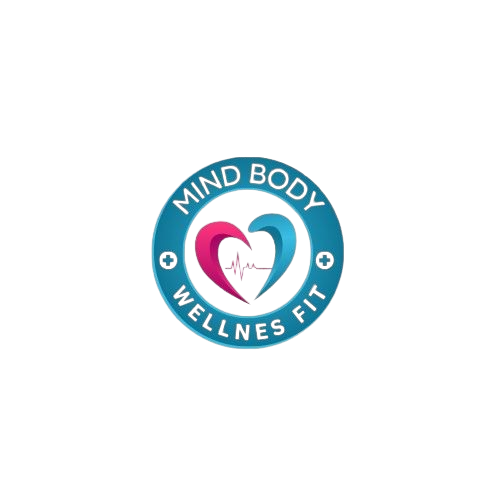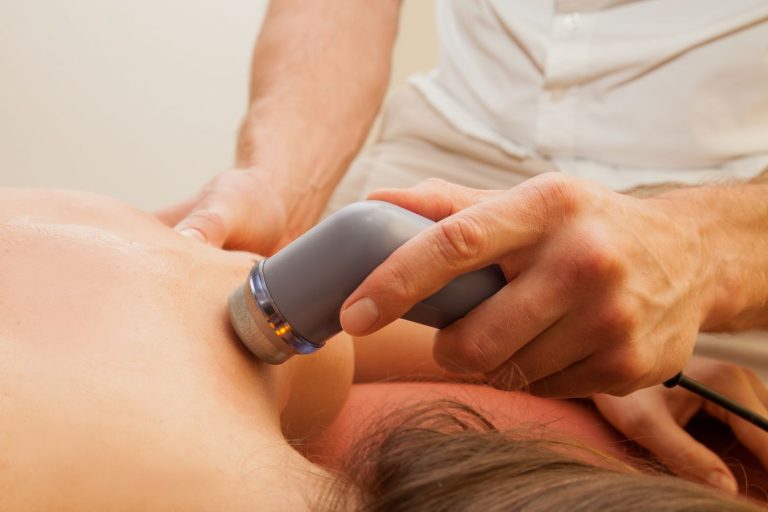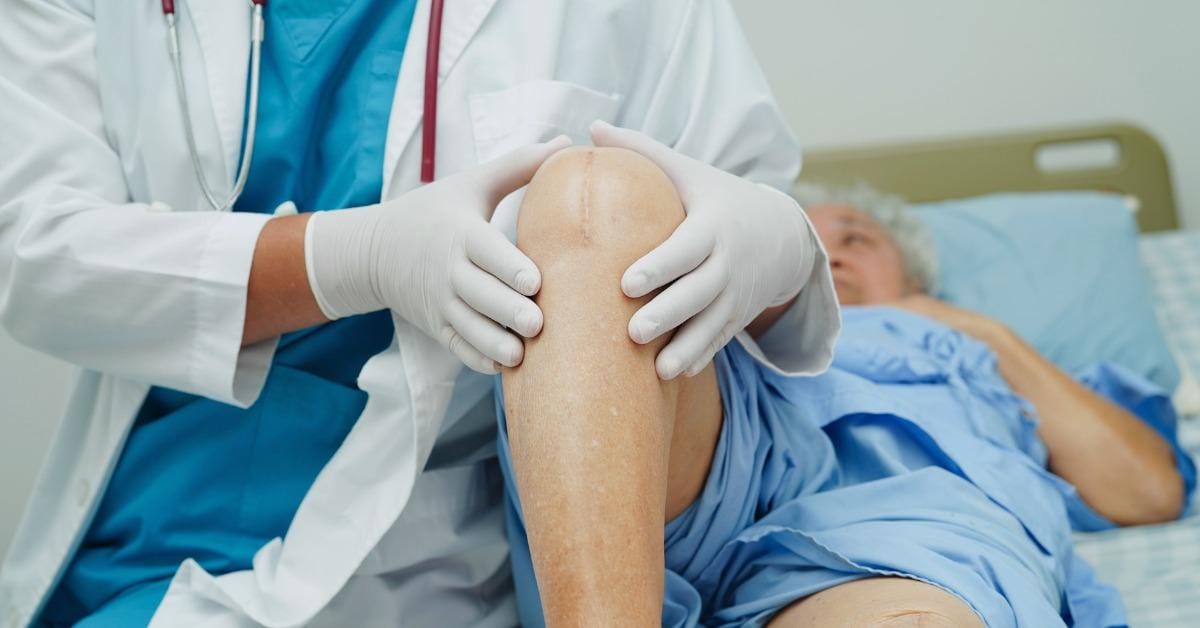Rotator cuff tendinitis is a common shoulder condition that can affect athletes, fitness enthusiasts, and anyone engaged in activities that require overhead movements. This condition causes inflammation of the tendons in the shoulder, leading to pain, stiffness, and limited range of motion. In this guide, we’ll explore the causes, symptoms, and treatment options for rotator cuff tendinitis, focusing on both conservative treatments and advanced therapies like Musculoskeletal Ultrasound Imaging (MSK).
What is Rotator Cuff Tendinitis?
Rotator cuff tendinitis occurs when the tendons in the shoulder become inflamed, often due to repetitive movements or overuse. The rotator cuff is a group of four muscles and their associated tendons that stabilize the shoulder. When these tendons are repeatedly stressed, they can become irritated, resulting in pain, weakness, and difficulty moving the arm.
Common Causes of Rotator Cuff Tendinitis
Rotator cuff tendinitis is typically caused by one or more of the following factors:
- Repetitive Motion: Athletes involved in sports such as swimming, tennis, baseball, and weightlifting are particularly susceptible to this condition due to repeated overhead movements.
- Age-Related Wear and Tear: As we age, the tendons in the rotator cuff naturally degenerate, making them more prone to injury.
- Poor Posture and Muscle Imbalances: Postural issues, such as rounded shoulders, can place additional strain on the rotator cuff tendons, leading to tendinitis.
Symptoms of Rotator Cuff Tendinitis
The symptoms of rotator cuff tendinitis can vary in severity but often include:
- Pain in the Shoulder: The pain may worsen with overhead activities, lifting, or reaching behind you.
- Limited Range of Motion: Stiffness or difficulty moving the shoulder, especially when lifting the arm.
- Weakness in the Shoulder Muscles: Weakness may occur as the injury progresses, making tasks like lifting objects more difficult.
How Rotator Cuff Tendinitis is Diagnosed
To properly diagnose rotator cuff tendinitis, a healthcare provider may perform physical examinations and imaging tests. Imaging tools like X-rays, MRIs, and Musculoskeletal Ultrasound Imaging (MSK) can provide detailed visuals of the rotator cuff tendons. MSK ultrasound, in particular, allows for real-time, dynamic imaging of the shoulder, helping to detect subtle injuries or inflammation that may not be visible on traditional scans.
Conservative Treatments for Rotator Cuff Tendinitis
For many individuals, conservative treatments are effective in managing rotator cuff tendinitis. These options include:
- Rest and Activity Modification: Reducing activities that stress the shoulder can help the tendons heal.
- Ice and Heat Therapy: Applying ice can reduce inflammation, while heat therapy can help relax tight muscles.
- Anti-inflammatory Medications: Nonsteroidal anti-inflammatory drugs (NSAIDs) can help manage pain and reduce swelling.
Physical Therapy and Rehabilitation
Physical therapy is one of the most effective treatments for rotator cuff tendinitis. A physical therapist can design a personalized rehabilitation program that focuses on strengthening the rotator cuff muscles, improving flexibility, and restoring the shoulder’s range of motion. Exercises like shoulder stretches, strengthening routines, and scapular stabilization exercises can significantly aid in recovery and prevent future injuries.
Advanced Treatment Options for Rotator Cuff Tendinitis
In cases where conservative treatments don’t provide sufficient relief, advanced therapies may be necessary:
- Corticosteroid Injections: These can provide significant pain relief and reduce inflammation in the short term.
- Platelet-Rich Plasma (PRP) Therapy: PRP therapy uses the patient’s own blood platelets to promote healing of the injured tendons.
- Musculoskeletal Ultrasound Imaging (MSK): MSK ultrasound is not only used for diagnosis but also to guide advanced treatments like injections or dry needling, ensuring precise placement and improving treatment effectiveness.
Surgery for Rotator Cuff Tendinitis
Surgical intervention may be considered when conservative treatments fail or if there is significant tendon damage. Surgical options can range from minimally invasive arthroscopic procedures to full tendon repair surgeries. The type of surgery depends on the severity of the injury, but most surgeries are aimed at removing damaged tissue and reattaching torn tendons.
Preventing Rotator Cuff Tendinitis
Prevention is key to avoiding future episodes of rotator cuff tendinitis. Here are some tips to protect your shoulder:
- Maintain Good Posture: Keeping your shoulders aligned can help prevent strain on the rotator cuff tendons.
- Strengthen Shoulder Muscles: Regular shoulder exercises can build strength and stability, reducing the risk of injury.
- Warm-Up and Stretch: Always warm up before engaging in physical activities, particularly those involving overhead movements.
How OPTCI Uses Musculoskeletal Ultrasound to Enhance Rotator Cuff Tendinitis Treatment
At Optimal Performance & Therapy Centers of Indiana (OPTCI), MSK ultrasound plays a crucial role in the treatment of rotator cuff tendinitis. The advanced imaging technology helps diagnose injuries more accurately, guiding therapists to create a personalized treatment plan. Additionally, MSK ultrasound can be used to guide treatments like injections or dry needling, ensuring that they are applied directly to the affected area for optimal results.
Takeaway
Rotator Cuff Tendinitis Treatment is a treatable condition, and with the right care, you can recover fully and return to your activities. Early diagnosis, physical therapy, and advanced treatments like MSK ultrasound can make a significant difference in your recovery. If you’re experiencing shoulder pain, don’t wait—consult with a physical therapist to explore your treatment options.






